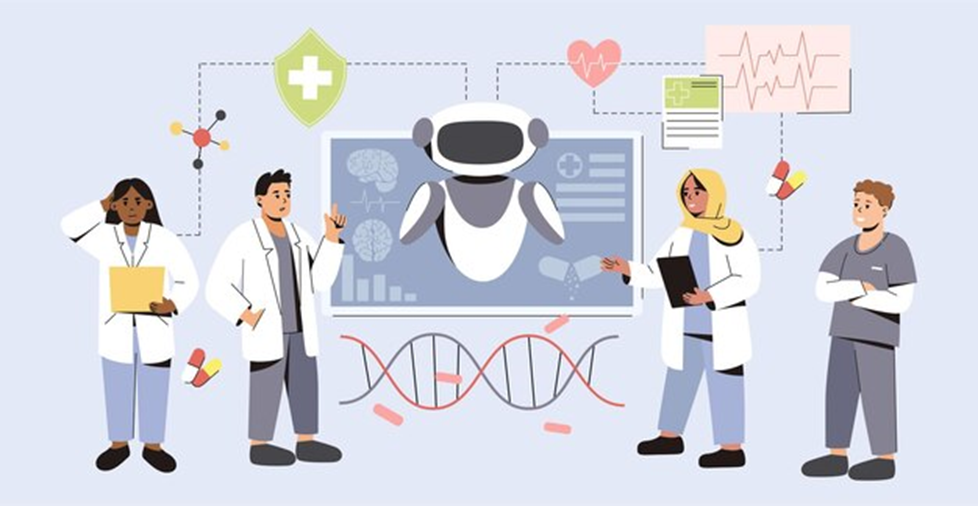In a recent exploration of the application of AI in healthcare, Stanford experts shed light on the safety and accuracy of large language models, like GPT-4, in meeting clinician information needs. The New England Journal of Medicine perspective by Lee et al delves into the benefits, limitations, and potential risks associated with utilizing GPT-4 for medical consultations.
GPT-4 in Medicine
The study discusses the role of GPT-4 in curbside consultations and its potential to assist healthcare professionals. It particularly focuses on the use of AI in aiding physicians with patient care. However, it highlights a gap in quantitative evaluation, questioning the true effectiveness of the AI tool in enhancing the performance of medical practitioners.

Foundation Models in Healthcare
Drawing on the precedent set by foundation models like GPT-4, the article emphasizes their rapid integration into various generative scenarios, raising concerns about bias, consistency, and non-deterministic behavior. Despite public apprehensions, the models are gaining popularity in the healthcare sector.
Also Read: Unlocking the Future: GPT-4’s Radiant Promise in Radiology
Safety and Usefulness Analysis
To assess the safety and usefulness of GPT-4 in AI-human collaboration, the Stanford team analyzed the models’ responses to clinical questions arising during care delivery. Preliminary results, yet to be submitted to ArXiv, indicate a high percentage of safe responses but reveal variations in agreement with known answers.
Also Read: GPT-4 Is Being Lazy: OpenAI Acknowledges
Clinician Review and Reliability
Twelve clinicians from different specialties reviewed GPT-3.5 and GPT-4 responses, evaluating safety and agreement with known answers. The findings suggest a majority of responses are deemed safe, but hallucinated citations pose potential harm. Furthermore, the clinicians’ ability to assess agreement varies, emphasizing the need for refinement.

Our Say
While GPT-4 demonstrates promise in aiding clinicians, the study underscores the importance of rigorous evaluation before routine reliance on these technologies. The ongoing analysis aims to delve deeper into the nature of potential harm, the root causes of assessment challenges, and the impact of further prompt engineering on answer quality. The call for calibrated uncertainty estimates for low-confidence answers echoes the necessity for continuous refinement. With better training over time, such AI models may be able to regain their status in healthcare assistance.




